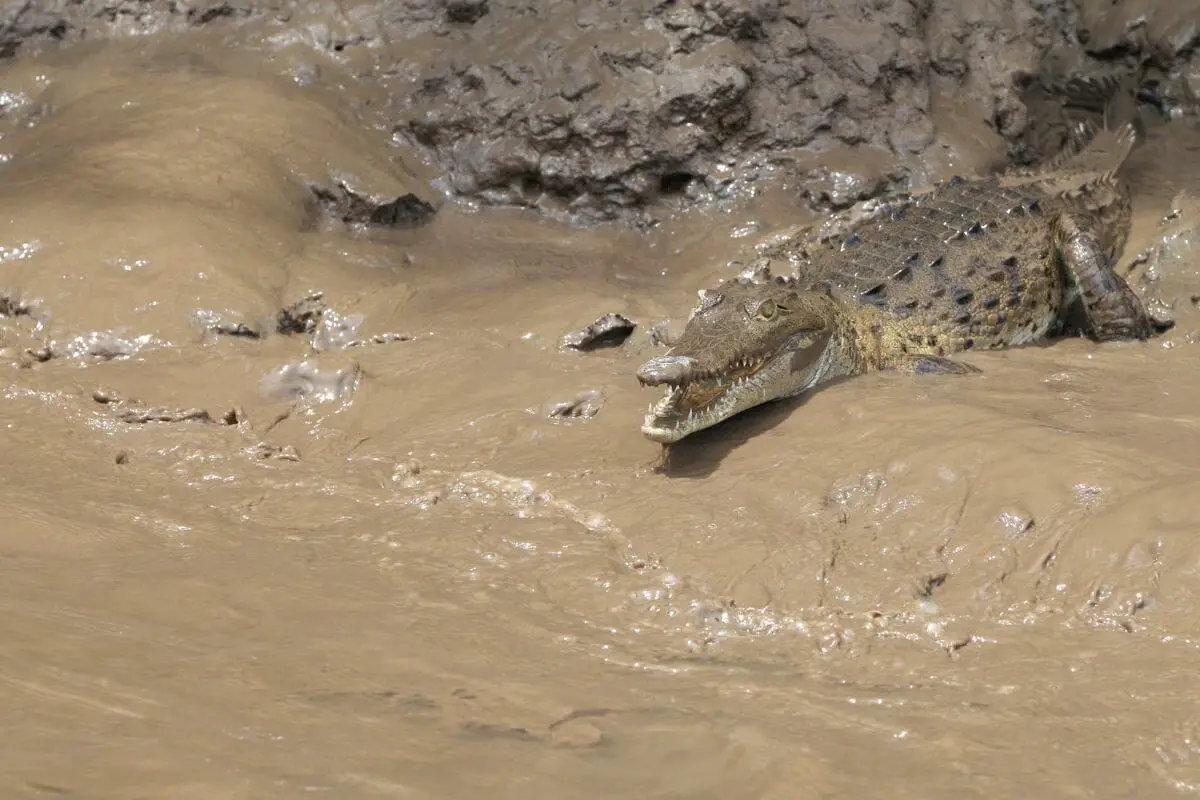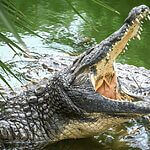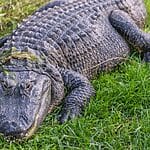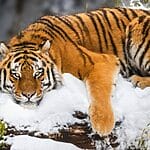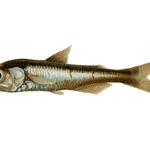When it comes to the animal kingdom, the struggle for survival is ever-present, with predators and prey locked in an endless cycle. However, some remarkable creatures have risen above the fray, becoming apex predators with no natural enemies to fear.
In this article, we will explore the question, “What animals have no predators?” and delve into the unique adaptations and characteristics that allow these magnificent beings to reign supreme in their respective habitats. From the massive saltwater crocodile to the elusive Siberian tiger, prepare to be amazed by the incredible animals that sit atop the food chain.
Quick Answer: Saltwater crocodiles, African elephants, Siberian tigers, great white sharks, hippopotamuses, harpy eagles, cassowaries, black mambas, cougars, and Komodo dragons have no natural predators due to their size, strength, and unique adaptations.
Key Takeaways:
- Size, strength, and unique adaptations allow certain animals to have no natural predators in their habitats.
- Examples include the saltwater crocodile, African elephant, Siberian tiger, and Komodo dragon.
- Many of these species still face significant threats from habitat loss, poaching, and other human activities.
Top 15 Animals That Have No Natural Predators
In the wild, many animals face the constant threat of predation, but there are some species that have evolved to become the ultimate survivors. These animals have no natural predators, thanks to their impressive size, strength, and unique adaptations.
From the mighty saltwater crocodile to the elusive Siberian tiger, let’s explore the top 15 animals that reign supreme in their respective habitats.
1. Saltwater Crocodile
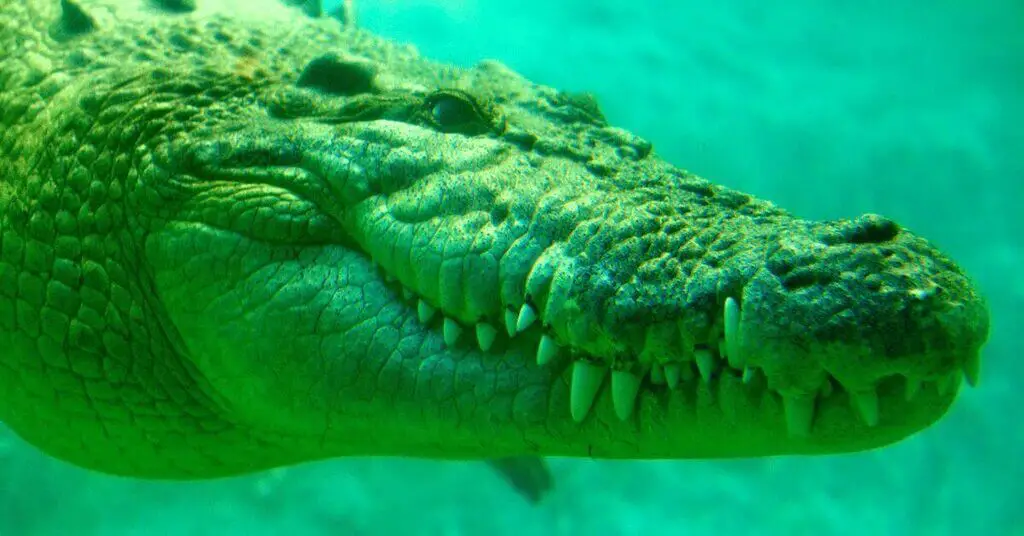
The saltwater crocodile, also known as the estuarine crocodile, is the largest living reptile species. Males can reach up to 6.5 meters in length and weigh over 1,000 kg, making them an intimidating presence in their habitat. These powerful predators have strong jaws and armored skin, which protect them from potential threats.
Saltwater crocodiles are found in saltwater and brackish water regions throughout the Indo-Pacific, where they are the apex predators. Due to their size, strength, and aggressive nature, they have no natural predators.
2. African Elephant
As the largest land mammal on Earth, the African elephant commands respect wherever it roams. Males can grow up to 4 meters tall and weigh an impressive 6,000 kg. These gentle giants live in close-knit herds led by a matriarch, and their social nature and intelligence make them a formidable presence in their habitat.
There are two subspecies of African elephants: the savanna elephant and the forest elephant. Both subspecies have no natural predators due to their size and the protection they receive from their herd.
3. Siberian Tiger
The Siberian tiger, also known as the Amur tiger, is the largest cat species in the world. Males can reach up to 3.3 meters in length and weigh up to 300 kg, making them an impressive sight in their forest habitat. These powerful cats have sharp claws and strong jaws, which they use to take down their prey.
Siberian tigers are found in the forests of the Russian Far East and northeastern China, where they are the apex predators. They have no natural predators due to their size, strength, and exceptional hunting skills. However, habitat loss and poaching pose significant threats to their survival.
4. Great White Shark
The great white shark is one of the most feared and respected predators in the ocean. Adults can reach up to 6 meters in length and weigh up to 2,000 kg, making them an intimidating presence in their coastal habitat. These powerful sharks have strong jaws lined with sharp teeth, which they use to tear into their prey.
They also have an excellent sense of smell, which helps them locate potential meals from a distance. Great white sharks are found in the coastal waters of all major oceans, where they are the apex predators. They have no natural predators due to their size and strength, although they are occasionally targeted by orcas.
5. African Buffalo
The African buffalo, also known as the Cape buffalo, is one of the largest and most dangerous herbivores in Africa. Males can reach up to 1.7 meters in height and weigh up to 900 kg, making them a formidable presence in their grassland habitat.
These powerful bovines have sharp horns and a reputation for being aggressive when threatened. African buffalos live in large herds, which offer protection from predators like lions and crocodiles. Due to their size, strength, and safety in numbers, they have few natural predators.
6. Hippopotamus

The hippopotamus is a massive and highly aggressive animal found in the rivers and lakes of Africa. Adults can reach up to 1.6 meters in height and weigh up to 1,500 kg, making them one of the largest land mammals on the continent.
These powerful herbivores have strong jaws lined with sharp teeth, which they use to defend their territory and protect their young. They also have thick skin, which helps protect them from potential threats. Hippos have no natural predators due to their size, strength, and aggressive nature, although they are occasionally targeted by crocodiles and lions.
7. Tasmanian Devil
The Tasmanian devil is a small but ferocious marsupial native to the island of Tasmania, Australia. Adults can reach up to 80 cm in length and weigh up to 12 kg, making them the largest carnivorous marsupial in the world. These fierce predators have powerful jaws and sharp teeth, which they use to crush the bones of their prey.
The Tasmanian devil’s loud screech at night and aggressive behavior make no predators for them. Despite their small size, Tasmanian devils have no natural predators due to their strength and ferocity. However, they are threatened by a contagious cancer called devil facial tumor disease.
8. Harpy Eagle
The harpy eagle is one of the largest and most powerful raptors in the world. Females can reach up to 1 meter in height and weigh up to 9 kg, making them a formidable presence in their forest habitat. These impressive birds have powerful talons and a sharp beak, which they use to capture and kill their prey.
They also have excellent vision, which helps them spot potential meals from a distance. Harpy eagles are found in the tropical forests of Central and South America, where they are the apex predators. They have no natural predators due to their size, strength, and exceptional hunting skills. However, habitat loss and hunting pose significant threats to their survival.
9. Wolverine
The wolverine is a small but ferocious mammal native to the northern hemisphere. Adults can reach up to 1 meter in length and weigh up to 25 kg, making them a formidable presence in their tundra habitat. These powerful predators have strong jaws and sharp claws, which they use to take down their prey.
They are also known for their aggressive behavior and ability to defend their territory against much larger predators like wolves and bears. Wolverines have few natural predators due to their strength and ferocity, although they are occasionally targeted by wolves and bears.
10. Giant Octopus
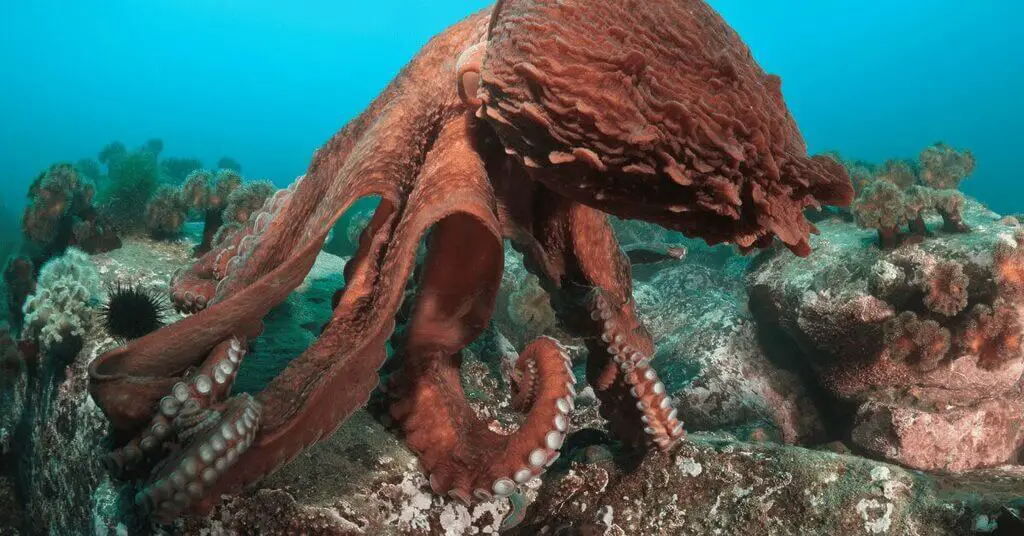
The giant octopus is one of the largest and most intelligent invertebrates in the world. Adults can reach up to 6 meters in length and weigh up to 50 kg, making them a formidable presence in their ocean habitat. These impressive cephalopods have powerful arms lined with suction cups, which they use to capture and kill their prey.
They also have a sharp beak, which they use to tear into their meals. Giant octopuses are found in the coastal waters of the Pacific Ocean, where they are the apex predators. They have few natural predators due to their size, intelligence, and ability to defend themselves with their powerful arms and venomous bites. However, they are occasionally targeted by sharks and sperm whales.
11. Cassowary
The cassowary is a large, flightless bird native to the tropical forests of New Guinea and northeastern Australia. Adults can reach up to 2 meters in height and weigh up to 60 kg, making them a formidable presence in their forest habitat. These impressive birds have powerful legs and sharp claws, which they use to defend their territory and protect their young.
They also have a horn-like casque on their head, which helps protect their skull from potential threats. Cassowaries have few natural predators due to their size, strength, and aggressive nature, although they are occasionally targeted by crocodiles and humans.
12. Honey Badger
The honey badger is a small but ferocious mammal native to Africa and Asia. Adults can reach up to 80 cm in length and weigh up to 16 kg, making them a formidable presence in their savanna habitat.
These powerful predators have strong jaws and sharp claws, which they use to take down their prey. They also have thick skin, which helps protect them from potential threats like venomous snakes and stinging insects. Honey badgers have few natural predators due to their strength and aggressive nature, although they are occasionally targeted by lions and leopards.
13. Black Mamba
The black mamba is one of the longest and most venomous snakes in the world. Adults can reach up to 4.5 meters in length and weigh up to 1.6 kg, making them a formidable presence in their savanna habitat. These impressive snakes have powerful venom and can move at speeds up to 20 km/h, which helps them capture their prey and escape from potential threats.
They are also known for their aggressive behavior when threatened. Black mambas have few natural predators due to their venom and speed, although they are occasionally targeted by birds of prey and mongooses.
14. Cougar (Mountain Lion)
The cougar, also known as the mountain lion, puma, or panther, is a large cat native to the Americas. Adults can reach up to 2.4 meters in length and weigh up to 100 kg, making them a formidable presence in their forest habitat. These powerful predators have strong jaws and sharp claws, which they use to take down their prey.
They are also known for their excellent hunting skills and ability to adapt to a variety of habitats, from the Canadian Yukon to the southern Andes. Cougars have no natural predators due to their size, strength, and exceptional hunting skills, although they are occasionally targeted by wolves and bears.
15. Komodo Dragon

The Komodo dragon is the largest living lizard species, native to several Indonesian islands. Adults can reach up to 3 meters in length and weigh up to 70 kg, making them a formidable presence in their island habitat. These impressive reptiles have powerful jaws and sharp claws, which they use to take down their prey.
They also have a venomous bite, which helps them subdue their victims. Komodo dragons are the apex predators on the islands they inhabit and have no natural predators due to their size and strength. However, habitat loss and human activities pose significant threats to their survival.
Honorable Mentions
While the animals listed above are some of the most impressive examples of species with no natural predators, there are many other contenders worth mentioning. Here are a few honorable mentions:
Jaguar
The jaguar is the largest cat in the Americas and a formidable apex predator. With their impressive size, strength, and exceptional hunting skills, jaguars have few natural predators in their forest habitat.
Brown Bear
The brown bear, also known as the grizzly bear, is one of the largest and most powerful land predators. Due to their size, strength, and aggressive nature, brown bears have few natural predators in their forest and tundra habitats.
Gray Wolf
The gray wolf is one of the most widespread and adaptable predators in the world. Thanks to their social nature, excellent hunting skills, and ability to thrive in various habitats, gray wolves have few natural predators.
Moose
As the largest member of the deer family, the moose is a formidable presence in its forest habitat. With their impressive size, strength, and ability to defend themselves with their powerful hooves and antlers, moose have few natural predators.
Musk Ox
The musk ox is a large, hardy herbivore native to the Arctic. Thanks to their size, thick coat, and ability to form defensive circles to protect their young from predators like wolves, musk oxen have few natural predators in their tundra habitat.
Frequently Asked Questions
Are there any marine animals that have no natural predators?
Yes, some marine animals like the great white shark and the giant octopus have very few natural predators due to their size, strength, and intelligence.
Do any of these predator-free animals face threats from humans?
Many of these animals, such as the Siberian tiger and the harpy eagle, face significant threats from habitat loss, poaching, and other human activities despite having no natural predators.
Are there any birds that have no natural predators?
The harpy eagle and the cassowary are two examples of birds that have few natural predators thanks to their size, strength, and aggressive nature.
Do any of these animals use venom to defend themselves against predators?
Yes, some animals like the black mamba and the Komodo dragon use venom to subdue their prey and defend themselves against potential threats.
Are there any small mammals that have no natural predators?
The honey badger and the Tasmanian devil are two small mammals that have few natural predators due to their strength, ferocity, and aggressive behavior.
- Wild Animals in Costa Rica: A Biodiverse Paradise - 2024-05-16
- Animals That Live in the Rainforest: A Diverse Wonder - 2024-05-15
- Animals in the Safari: A Captivating African Adventure - 2024-05-15


